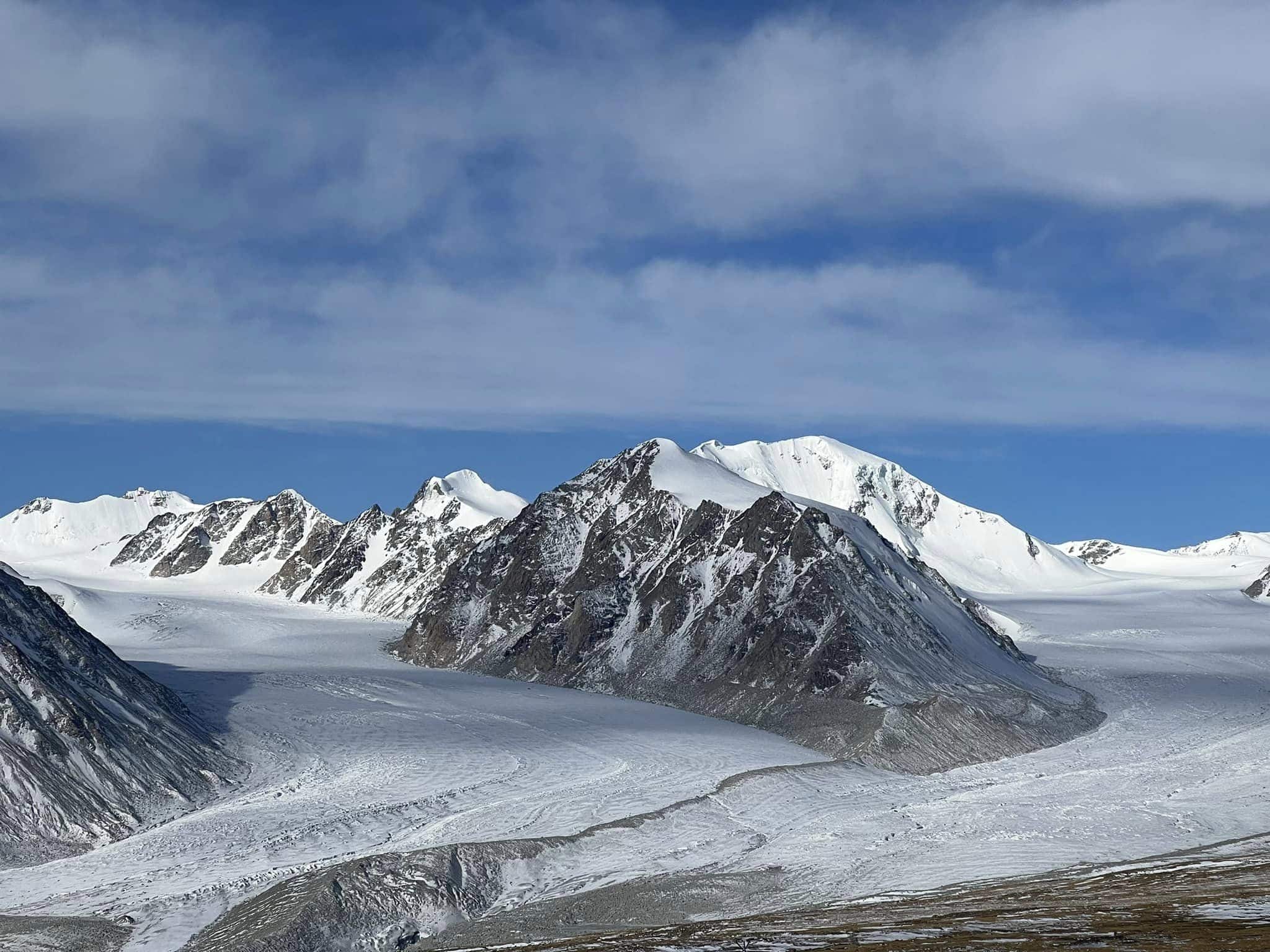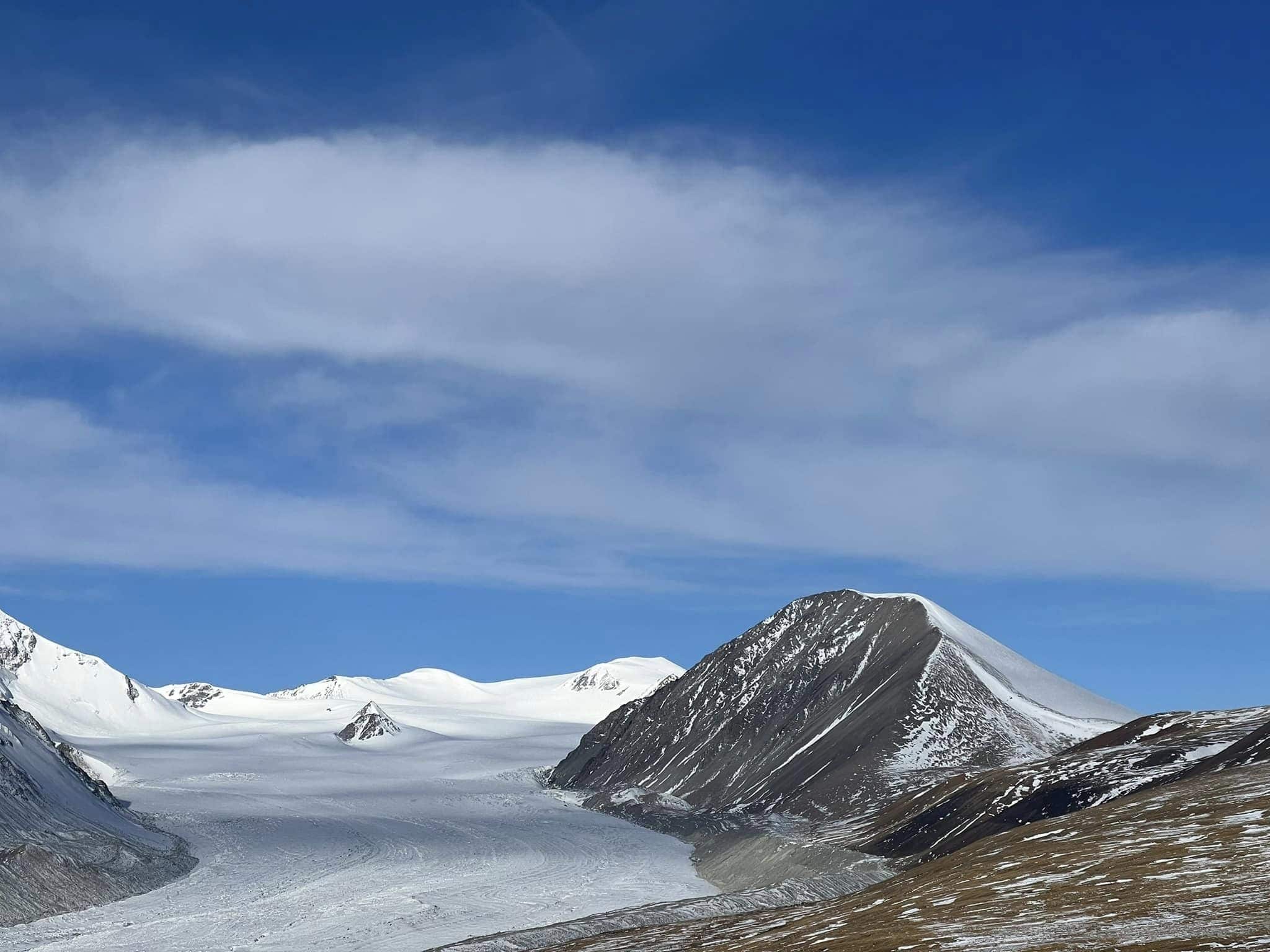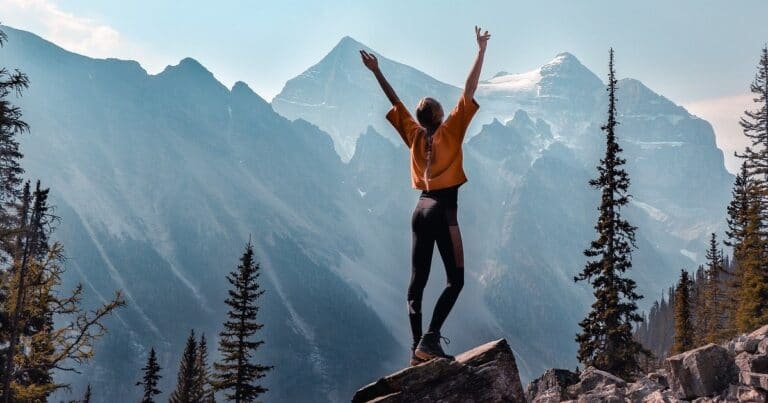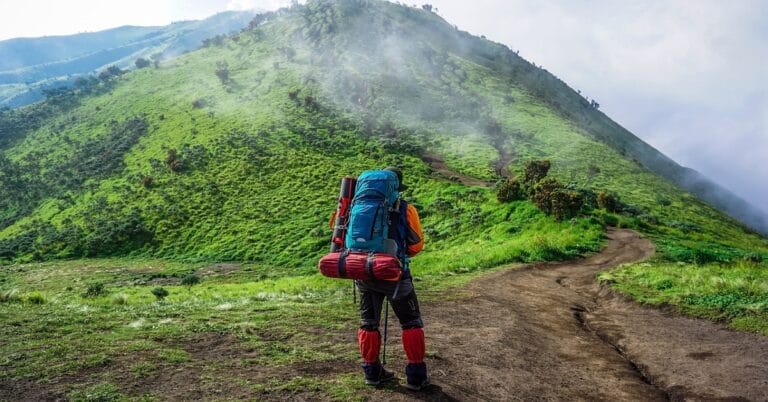Mongolia is home to some of the most beautiful mountains in the world. The Altai Mountains, for example, are a stunning sight, and trekking through them is an unforgettable experience.
Mongolia comprises 1,564,116 square kilometers and spans from mountainous regions in the west and north to plains and depressions nearer the east and south. The tallest point is Khüiten Peak at 4,374 meters (14,350 feet) on the border of China with an average elevation among all points of 1,580 meters.

There are four main ranges of Mongolia mountains:
- the Altai Mountains in Western Mongolia,
- Gobi-Altai mountains, extend southeast into the Gobi desert
- The Khentii mountains lie to the east of Ulan Bator,
- Khangai mountains cover most of central Mongolia.
Altai Mountains
The Altai Mountains run across parts of Russia, China, Kazakhstan, and Western Mongolia. The Russian portion surrounding Mongolia is a UNESCO world heritage site known as the ‘golden mountains of Altai.’ The ethnic Kazakh minority in the Altais on the Mongolian side live separately from both the (Kalakh) Mongol majority and their homeland separated by imposing mountain barriers.

Near the tri-border with China and Russia rises Khuiten Peak (sometimes ‘Cold Peak’), which is 4,370 meters (14,350 feet) high. Khuitan Peak, at 4,370 meters (14,350 feet), is Mongolia’s highest peak and is covered with snow all year.
If you ever studied a map of Mongolia and thought to yourself, “geez, it would be so much easier if Kazakhstan actually bordered Mongolia,” rest assured that the tri-border region has no roads and can’t be crossed on horseback.
The Altai Mountains gradually descend from the high peaks near the tri-border before leveling off at several places suitable for trekking, camping, and horse treks as they descend toward the plateaus. See Altai mountain Climbing Tour

The eastern end of the Altais is a low-lying area (but still 1,000m above sea level), known as the Great Lakes Depression, which runs between the Altai mountains and the neighboring major range of Central Mongolia mountains -the Khangai. The Great Lakes Depression comprises a number of lakes that can be found on my page on waterways in Mongolia.
The Altai range is home to some of Mongolia’s rare animals, including the world’s largest sheep–the argali, the impressive and endangered ibex, as well as the elusive snow leopard. In fact you can take snow leopard tour in Mongolia to see these animals in the wild.
Gobi-Altai Mountains
The Gobi-Altai mountains stretch into the Gobi desert from the south-eastern slopes of the Altai Mountains. They maintain a height of more than 3,000 meters as they push further into one of the world’s driest deserts, obstructing rain-bearing clouds that would otherwise reach the dry Gobi plateau. The mountains to their east function as an barrier against windblown sand from Mongolia’s vast steppe, resulting in awe-inspiring dunes known as the Gobi sands.
The Gobi-Altai mountains are home not only to the Ibex and Argali sheep, but also the endangered Gobi bear “Mazaalai” (a smaller relative of the brown bear). In addition, there is also the somewhat less impressive Gobi-Altai mountain vole, a small rodent that looks like an overweight rat–albeit a little bit cuter.
Khentii Mountains
The Khentii mountains, pronounced “Hentii”, lie east of Ulan Bator and run north to south. They form a watershed boundary in Mongolia: the Selenge river flows from the eastern slopes into the Northern Arctic Basin, while the Onon and Kherlen rivers flow west off the mountain range’s western side all they way to the Pacific Ocean. The valleys between these hilltops are quite marshy due to all of rain Khentii receives. Lastly, these mountains are home to more forests than any others in Mongolia.
East of the Khentii mountains, the topography flattens quickly, forming the great plains of Eastern Mongolia.
Khangai Mountains
The Khangai Mountains are a mountain range in central Mongolia that extends northeast to southwest. The Khangai Mountains are the largest mountain range in Mongolia, and they are home to a number of beautiful valleys, alpine lakes, and forests.
The Khangai Mountains are divided into three subranges–the Western Khangai, the Eastern Khangai, and the Turgen Mountains. The Western Khangai Mountains are the highest of the three subranges, with an average elevation of 2,000 meters (6,562 feet). The Eastern Khangai Mountains are lower, with an average elevation of 1,500 meters (4,921 feet).
The Khangai Mountains are a popular destination for hikers and horse trekkers. There are a number of trails that wind through the forests and valleys of the Khangai Mountains. And if you’re looking for a more challenging hike, you can try your hand at climbing one of the Khangai Mountains’ many peaks.
The gentle, rolling hills that punctuate the grassy Mongolian steppe are prevalent throughout much of the Khangai Mountains area. However, several of the highest mountains in Mongolia can be found in this region. Otgon Tenger Uul is one of these mountains, which is only 4,000 meters high and one of Mongolia’s most sacred mountains. Locals don’t enjoy it when Westerners climb the mountain itself, but they find the surrounding area to be attractive and protected as a national park.
The Khangai mountains are located near some of the country’s most popular tourist attractions, like Ulan Bator and Karakorum. They’re a favorite destination for both international and domestic tourists because they offer something for everyone, from gentle lakeside strolls to more adventurous hikes in remote areas.






